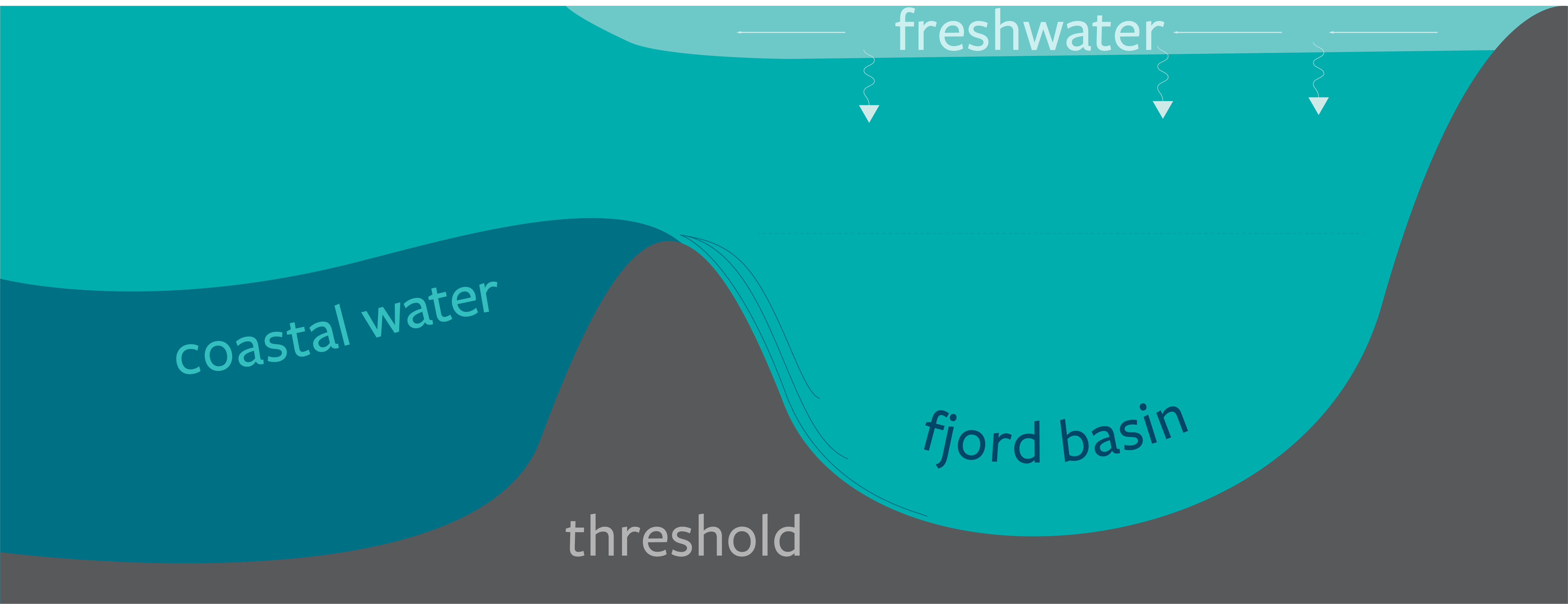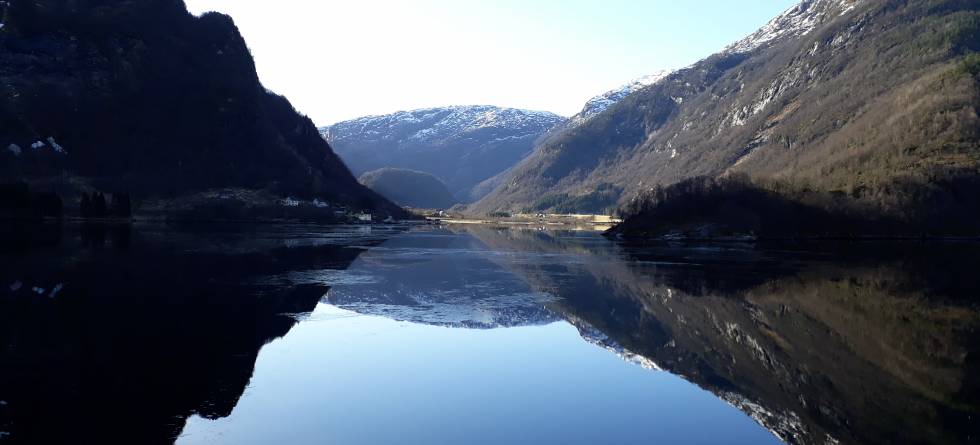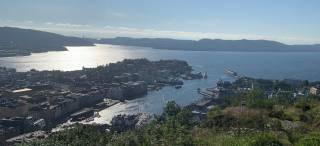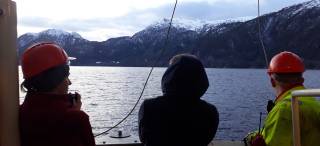During the past 30 years, coastal water has become warmer and less dense. Simultaneously, recent measurements from the Masfjord show a decrease in oxygen levels. Both indicate that the renewal of deep water in Norwegian fjords are occurring more infrequently.
How these changes are affecting the fjord environment and ecosystems, researchers at the Bjerknes Centre will investigate in the new research project CLIFORD.
This topic will also be addressed at the UN Ocean Decade Event "The science we need for the fjords we want" today at 2 pm. Watch here.
Sustainable management
“Human activities such as pollution, fishing, breeding, marine traffic, tourism, and hydroelectric development are already threatening our fjords, on top of climate change. Understanding the impacts of climate change is important to achieve sustainable management of fjords”, researcher Mari S. Myksvoll at the Institute of Marine Research and the Bjerknes Centre, explains.
Together with Elin M. K. Darelius Chiche, professor at the University of Bergen, she will lead the interdisciplinary strategic project at the Bjerknes Centre the next coming years.

Threshold fjords especially exposed
Researcher from the partner institutions NORCE, the Institute of Marine Research and the University of Bergen, will study threshold fjords particularly vulnerable to climate change.
“Many fjords in Norway have a threshold that prevents frequent renewal of deep water when low-density coastal water have difficulties flowing down. Deep water in fjords can stay stagnant for several years, which can lead to a decrease in oxygen levels and create challenging environments for local ecosystems, Myksvoll explains.
In addition to studying the deep water, they will do measurements in the different layers on the surface.
"These layers are mainly determined by the amount of freshwater inflow from rivers and how this water is mixed with salt water due to wind forces. Climate change can affect the hydrological cycle and experience either increased or delayed freshwater inflow."

How are the ecosystems affected?
New oxygen supply is essential for all organisms living in the fjord. The biologists participating in the project will look at how pH values and oxygen levels are changing and how it’s affecting the local ecosystems.
"Oxygen loss can change physiology, growth, migratory patterns, prevalence, and the relationship between predator and prey in the fjord ecosystems. Biological measurements will be used as parameters in models to understand the changing dynamics," Natalya Gallo says, researcher at UiB and the Bjerknes Centre.
Data will be gathered from physical and biological samples from field cruises, sediment cores to understand past climate, and numerical models to estimate future outcomes to distinguish between natural variabilities and direct consequences of climate change.



